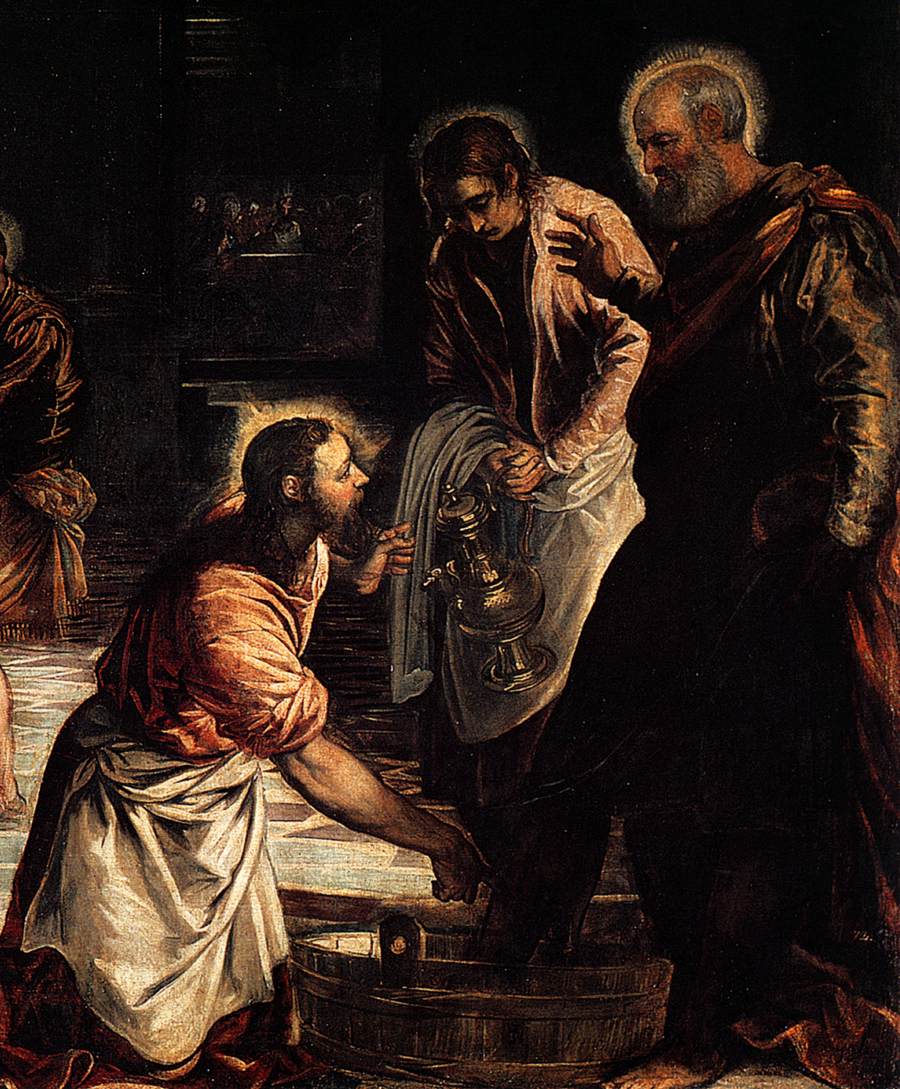Three-ray nimbus.
Only shown on Jesus. The three rays form the outline of the Cross.

Christ Acheiropoietos (Made without hands)
Russian icon from the Novgorod School
~1100
Tretiakov Gallery, Moscow
In late Western tradition, we see attempts to show three-rays of light by means of realistic painting:

Christ as Saviour
El Greco
c. 1600
Oil on canvas, 73 x 56,5 cm
National Gallery of Scotland, Edinburgh
Mandorla. A circle of light enveloping the body of Christ or Our Lady. This is usually referred to as "Christ in glory" or "Christ in majesty". The word means "almond" referring to the usual shape of the light. Rarely, it is shown as a complete circle or two overlapping circles.

The Resurrection of Christ
1675-1700
Tempera on linen and wood, 24 x 18 cm
Pinacoteca, Vatican

Christ in Majesty (with four evangelist symbols) Speyer gospel
1220
Christ transfigured. Similar to mandorla, but the light surrounding Christ's body has rays sriking the disciples in the scene of Transfiguration.

Transfiguration
Theophanos the Greek, Iconographer (disputed) ca. 1403
Pereslavl Zalessky, Russia
(Note Christ also shown going up the mountain and down from it with the three disciples).
The Being. The three Greek letters spell "ο ων", "the being" and are often shown on the three-rayed nimbus of Christ, indicating His divinity.
Savior Pantocrator
Modern Russian icon
Nimbus. The nimbi of saints are trditionally shown as gold disks surrounding the head. Often, they are executed in gold leaf.
Mother of God of Kazan
Modern Russian icon

St. Nicholas the Miracle Worker
Modern Russian icon

The Dormition of the Mother of God
1294 - 1295
Ochrid
The last icon illustrates several properties of nimbus iconography. In crowded scenes (as well as in the Mother of God icons), peculiar problem arises of the nimbi intersecting, beautifully resolved in the oreols of the angels. The Apostles sometimes are shown without nimbi, but usually in scenes from before the Resurreection. Christ is shown both in a mandorla and with rays extended.
Late art. In late, especially Western religious art, the nimbi are shown sparingly, in order to allow for greater realism of the scene. Three distinct methods can be noted, a flat, often transparent discus placed more-or-less horizontally over the head, a ring over the head, and shining light, illustrated below.

Giovanni Boccati
Virgin and Child with Saints
1447
Tempera on panel, 186,5 x 248 cm
Galleria Nazionale dell'Umbria, Perugia

St Jerome
Caravaggio
c. 1606
Oil on canvas, 112 x 157 cm
Galleria Borghese, Rome

Christ Washing the Feet of His Disciples (detail)
Tintoretto
c. 1547
Oil on canvas
Museo del Prado, Madrid
Let us conclude with this unusual painting, where the rays emanate form the Holy Scripture:

Triumph of St Thomas Aquinas
Francesco Traini
c. 1340
Tempera on wood, 375 x 258 cm
Santa Caterina, Pisa